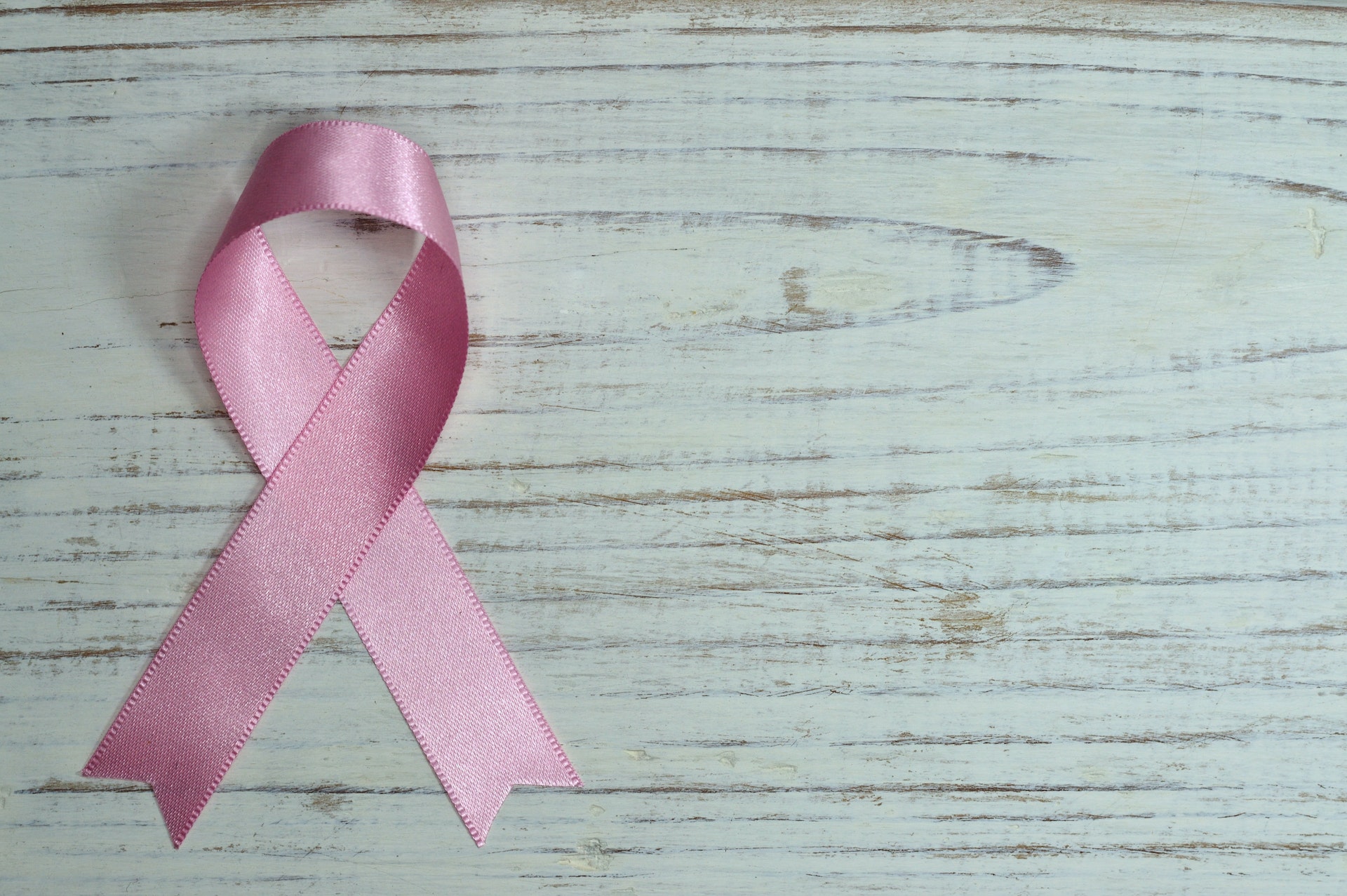Table of Contents
Breast cancer is a common type of cancer that affects millions of women around the world. While there is no surefire way to prevent breast cancer, making lifestyle changes and following screening recommendations can help reduce your risk of developing this disease.
Lifestyle Changes
Maintain a Healthy Weight: Being overweight or obese increases your risk of developing breast cancer. This is because fat cells produce estrogen, and high levels of estrogen can increase your risk of breast cancer. To maintain a healthy weight, you should exercise regularly and eat a healthy diet.
Exercise Regularly: Regular exercise can help reduce your risk of breast cancer. Aim for at least 150 minutes of moderate-intensity exercise per week. This can include activities like brisk walking, cycling, swimming, or dancing.
Limit Alcohol Consumption: Drinking alcohol increases your risk of breast cancer. If you do choose to drink, limit your intake to no more than one drink per day.
Quit Smoking: Smoking is a known risk factor for many types of cancer, including breast cancer. Quitting smoking can help reduce your risk of breast cancer and many other health problems.
Breastfeed If You Can: Breastfeeding can help reduce your risk of breast cancer. This is because it can lower your exposure to estrogen, which can increase your risk of breast cancer.
Screening Recommendations
Mammograms: Mammograms are an important screening tool for breast cancer. Women should begin getting mammograms at age 40 or earlier if they have a family history of breast cancer. Women should continue to get mammograms every one to two years until age 75.
Clinical Breast Exams: During a clinical breast exam, a healthcare provider will feel for lumps or other changes in the breast tissue. Women should get a clinical breast exam every one to three years starting at age 20, and every year starting at age 40.
Breast Self-Exams: Breast self-exams involve checking your own breasts for lumps or other changes. While breast self-exams are no longer routinely recommended, women should still be familiar with their breasts and report any changes to their healthcare provider.
Genetic Testing: Women with a family history of breast cancer may be at increased risk of developing the disease. Genetic testing can help determine if a woman has inherited certain gene mutations that increase her risk of breast cancer.
MRI: Women at high risk of developing breast cancer may benefit from getting an MRI in addition to a mammogram. This can help detect breast cancer at an early stage when it is more treatable.
Conclusion
In conclusion, while there is no surefire way to prevent breast cancer, making lifestyle changes and following screening recommendations can help reduce your risk of developing this disease. Maintaining a healthy weight, exercising regularly, limiting alcohol consumption, quitting smoking, and breastfeeding if you can are all lifestyle changes that can help reduce your risk of breast cancer. Mammograms, clinical breast exams, and breast self-exams are important screening tools for breast cancer. Women with a family history of breast cancer may benefit from genetic testing and/or an MRI. By taking these steps, women can take control of their breast health and reduce their risk of developing breast cancer.
